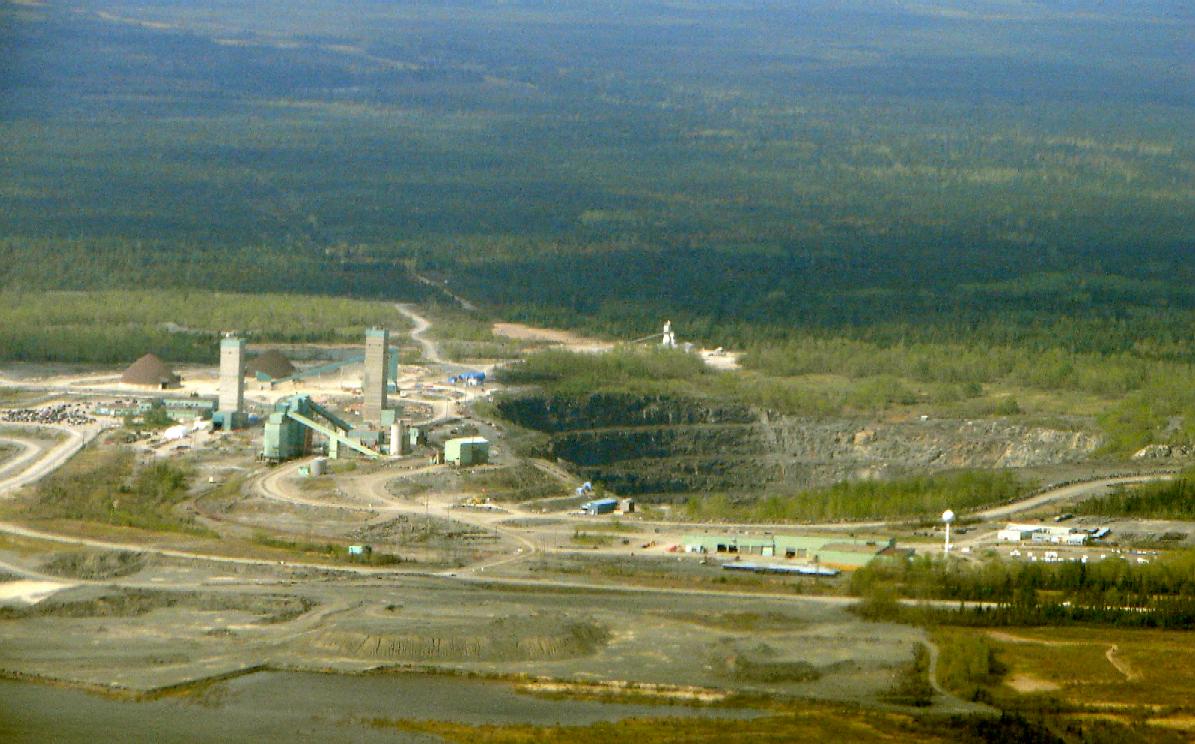Science
Canada Advances Critical Minerals Strategy Amid Global Demand Surge

The Canadian government is positioning itself as a leader in the extraction of critical minerals through its new strategy aimed at expanding mining operations in regions such as British Columbia, Saskatchewan, and Ontario’s “Ring of Fire.” This initiative is particularly timely, as the transition to renewable energy sources necessitates a significant increase in the demand for essential minerals such as copper, zinc, cobalt, nickel, lithium, and various rare earth elements.
According to environmental journalist Christopher Pollon, author of *Pitfall: The Race to Mine the World’s Most Vulnerable Places*, the extraction of metals and minerals has escalated dramatically, with a nearly five-fold increase recorded from 1970 to 2017. The burgeoning demand for renewable energy technologies, data centers, and electric vehicles is propelling this growth even further. In response to this trend, both the United States and Canada are exploring mineral-rich regions such as Greenland and Ukraine, while countries like Russia and China are actively expanding their mining operations.
The mining industry faces significant challenges, as Pollon points out that “mining by its very definition is unsustainable.” The environmental impacts are profound, including toxic tailings ponds, excessive water consumption, and pollution-related health issues. This unsustainable model is further complicated by worker exploitation and the substantial energy required for mining operations. Indigenous communities often bear the brunt of these consequences, with minimal local benefits despite the extraction of valuable resources.
While mining is crucial for transitioning from fossil fuels to sustainable technologies, many consumers remain largely unaware of its pervasive role in modern life. In his book *Power Metal: The Race for Resources that Will Shape the Future*, Vince Beiser notes that mobile phones can contain up to two-thirds of all elements in the periodic table. For instance, to produce a single iPhone, approximately 34 kilograms of ore must be extracted.
Pollon raises a critical question: “How do we secure the metals our civilization needs without destroying the environment and violating the rights of the planet’s most vulnerable people?” Both Pollon and Beiser emphasize the need for a comprehensive reassessment of our relationship with mining and natural resources.
Efforts to mitigate the environmental consequences of mining include the promotion of recycling and reusing materials. Urban mining, which involves extracting valuable minerals from discarded products, is gaining traction. Pollon highlights that recycling electric vehicle batteries can reduce primary demand for lithium by 25 percent, cobalt and nickel by 35 percent, and copper by 55 percent. Yet, Beiser cautions that while recycling is beneficial, it should not be seen as a comprehensive solution. The process can be energy-intensive and often produces toxic byproducts, with many operations conducted under hazardous conditions.
Reusing materials emerges as a more sustainable practice, though it faces challenges in a market that often embraces planned obsolescence. The metals reuse industry was valued at over $230 billion in 2021, driven by refurbished electronics and expanding markets for used products in Asia and Africa.
Both authors advocate for a multifaceted approach to addressing the intricacies of mining and resource consumption. Reducing overall consumption is paramount, particularly in the industrialized West. Pollon argues that a fundamental shift in transportation is necessary, stating that replacing the approximately 1.4 billion fossil fuel-powered vehicles worldwide with electric vehicles is not a sustainable solution.
Advancing public transportation options and implementing urban designs that facilitate walking and cycling can substantially decrease the demand for critical metals. As Beiser articulates, “Reducing demand for cars will do more than anything to reduce demand for critical metals.” This shift would not only alleviate environmental stress but also enhance public safety by reducing pollution-related health risks and traffic accidents.
As Canada forges ahead with its Critical Minerals Strategy, it must ensure that efforts to meet global demand do not compromise environmental integrity or the rights of marginalized communities. The discourse surrounding mining and resource management is evolving, and sustainable practices are crucial for balancing economic growth with environmental stewardship.
The insights from Pollon and Beiser highlight the urgency for a collective rethinking of how societies engage with the natural resources that underpin modern conveniences. As the world grapples with the escalating need for critical minerals, the imperative to adopt responsible mining practices, along with robust recycling and reuse strategies, has never been clearer.
-

 Science2 months ago
Science2 months agoToyoake City Proposes Daily Two-Hour Smartphone Use Limit
-

 Health2 months ago
Health2 months agoB.C. Review Reveals Urgent Need for Rare-Disease Drug Reforms
-

 Top Stories2 months ago
Top Stories2 months agoPedestrian Fatally Injured in Esquimalt Collision on August 14
-

 Technology2 months ago
Technology2 months agoDark Adventure Game “Bye Sweet Carole” Set for October Release
-

 World2 months ago
World2 months agoJimmy Lai’s Defense Challenges Charges Under National Security Law
-

 Technology2 months ago
Technology2 months agoKonami Revives Iconic Metal Gear Solid Delta Ahead of Release
-

 Technology2 months ago
Technology2 months agoSnapmaker U1 Color 3D Printer Redefines Speed and Sustainability
-

 Technology2 months ago
Technology2 months agoAION Folding Knife: Redefining EDC Design with Premium Materials
-

 Technology2 months ago
Technology2 months agoSolve Today’s Wordle Challenge: Hints and Answer for August 19
-

 Business2 months ago
Business2 months agoGordon Murray Automotive Unveils S1 LM and Le Mans GTR at Monterey
-

 Lifestyle2 months ago
Lifestyle2 months agoVictoria’s Pop-Up Shop Shines Light on B.C.’s Wolf Cull
-

 Technology2 months ago
Technology2 months agoApple Expands Self-Service Repair Program to Canada









